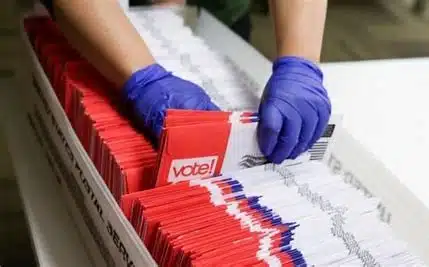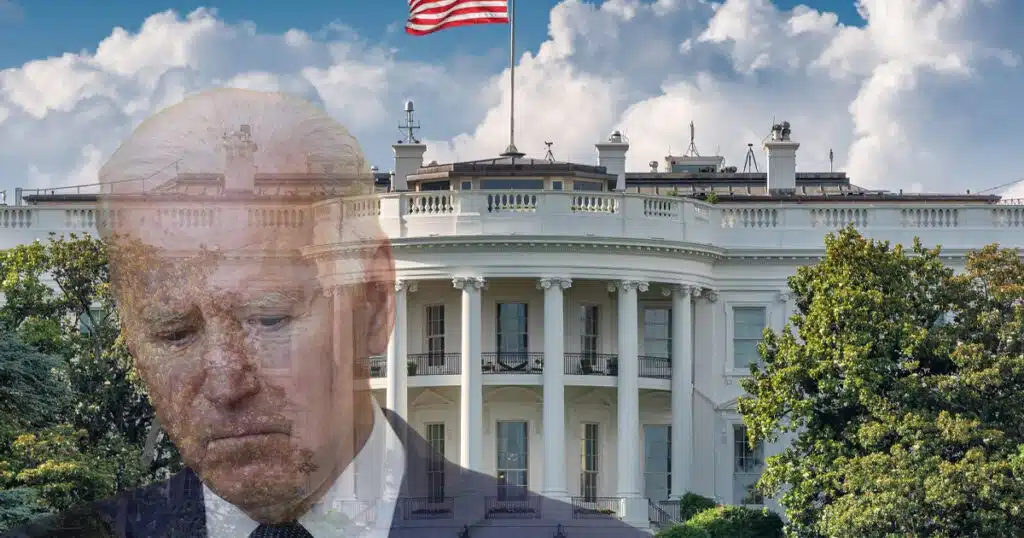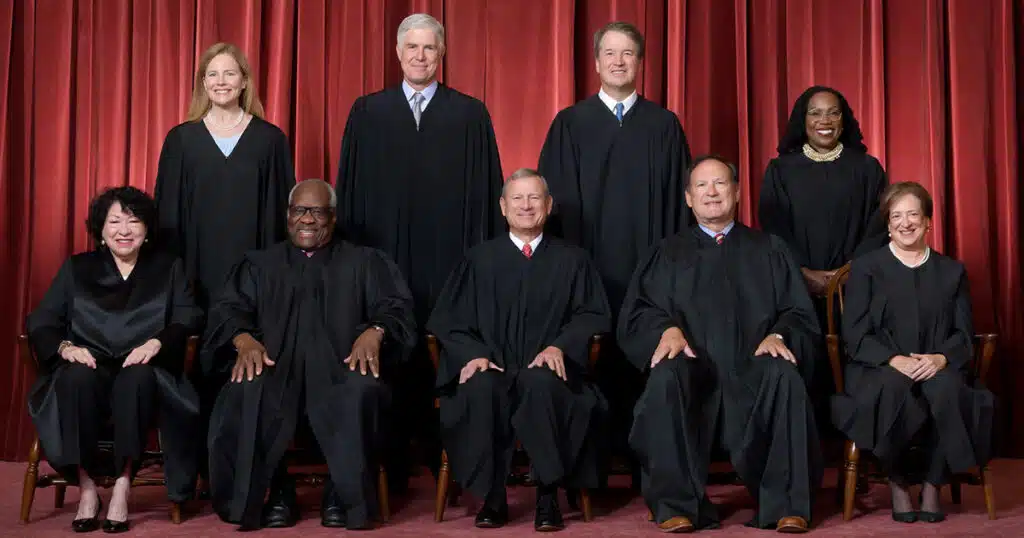
The Stench From the 2020 Election in Arizona Lingers
As we approach the 2022 midterms, many politicians in both parties hope the ghosts of the 2020 election are finally put to rest, but for many of us, the stench still lingers. It’s a reminder that our fears and concerns regarding the integrity of the voting process remain largely unresolved. Woke liberals demand we acknowledge 2020 as the most secure election in history, but forced parroting of the official narrative under threat doesn’t change the underlying concerns that were never adequately addressed.
To be clear, I make no claims regarding the veracity of the 2020 election results, but I certainly have my opinions. While I can’t speak to what happened in any other state, I spent a fair amount of time studying the election in Arizona and found a disturbing series of related events. How can we ever achieve universal agreement on election integrity without straight answers to these and other difficult questions?
Question #1
According to Ray Blehar, a retired analyst and investigator in the defense/intelligence community, at 8:05 p.m. on election night in Arizona, about an hour after the polls closed, there were two major data dumps that originated in Maricopa County totaling 2,098,619 votes. Blehar provides images of the time-stamped results. These data dumps could only have come from Maricopa County because Pima, the next largest county, had a total vote count of 526,319, about 100,000 fewer votes than the smaller of the two data dumps. Through the entire counting process, there was no correction or significant subtraction of votes in the published time series data.
When combined, the two dumps gave Biden 1,161,581 votes, which is about 120,000 more votes than he received in the entire election in Maricopa County (1,040,744). We’re left to wonder who initiated the 8:05 data dumps in the first place, and what happened to the 120,000 excess Biden votes between the initial time-stamped report and the official canvas results released by the Secretary of State’s office on November 24, 2020?
Question #2
Hypothetically, if 120,000 Biden votes were pulled out of the Maricopa County vote tally, but remained in the final general election results, somehow, they would have to be electronically disbursed into several other counties. Pima County, a liberal, Democratic enclave, had an unusually high increase in voter turnout in 2020 compared to 2016, exceeding the national average increase by 7 percent. In 2020, Pima County’s mail-in ballot return rate was 19 percent above the state average and 16 percent above the national average.
When the election is broken down by precinct, the numbers get even more confusing. Two Pima County precincts had over a hundred percent mail-in ballot return rate and 40 others had a 97 percent return rate, which is statistically impossible. What’s even more interesting is the correlation between higher return rates and voting totals. According to Dr. Shiva Ayyadurai, MIT PhD, for every 1 percent increase in mail-in ballot return rates for precincts that exceeded 90 percent in Pima County, Trump’s vote totals decreased by 1 percent and Biden’s increased by 1 percent.
If Ayyadurai is right, the precincts with impossibly high ballot return rates provided a significant boost to Biden. What is the Pima County Recorder’s explanation for these unusually high return rates, and why did a return rate over 90 percent always benefit Biden disproportionately?
Question #3
On July 22, 2021, Ray Blehar wrote, “In order to make it work, a bad actor or actors would have accessed the Arizona’s Voted File to determine how many votes were not cast by the time the polls closed on November 3rd. Once determining the total number of eligible non-voters in each county, a lesser number of Biden votes could be electronically shifted to that county in the Election Management System (EMS).”
Interestingly, Cyber Ninjas, the firm that conducted the Arizona “audit,” released a final report on September 21, 2021, that addressed issues with the EMS database in Maricopa County. In the report, they claim, “The Election Management System (EMS) database which holds all details associated with the 2020 General election was purged and all the election results were cleared by a Results Tally and Reporting Admin on February 2 at 5:14 pm; the evening before the Pro & V audit was scheduled to officially start. This means that these results were not available for Pro &V or SU to perform any type of audit, nor were they available for Cyber Ninjas to review. The next day Pro V &V then proceeded to add new tabulators for their audit, and they imported results into these tabulators further clearing remnants of the database.”
As Blehar suggests, the simplest and most direct route to shift votes to different counties would be to tamper with the EMS database, and as the Cyber Ninja report confirms, the entire EMS database was purged the evening before the audit was to begin, leaving no forensic trail. It leads us to ask why was the EMS database in Maricopa County purged, and who tampered with it?
Conclusion
Certainly, Republicans in the Arizona senate had to be aware of these issues and the questions they raise, so, why were they never adequately publicized? Instead, they conducted a smoke and mirrors “audit” that served no real purpose other than to confirm the original official results. Recounting 100 fraudulent ballots to verify you indeed have 100 fraudulent ballots does nothing to address the source of the deception. Arizona needed an election investigation, not a recount. It’s fair to wonder if the audit was nothing more than a diversionary tactic designed to deflate the passion of an angry electorate, who was routinely crashing email servers and phone lines at the state capitol.
In the current session of the legislature, Senator Kelly Townsend introduced S.B. 1054, which would require strict oversight of electronic voting and tabulation equipment. As one might expect, the bill has been bogged down in committee since February 2022. With election integrity such an important issue for Republican voters, one can only wonder why.



